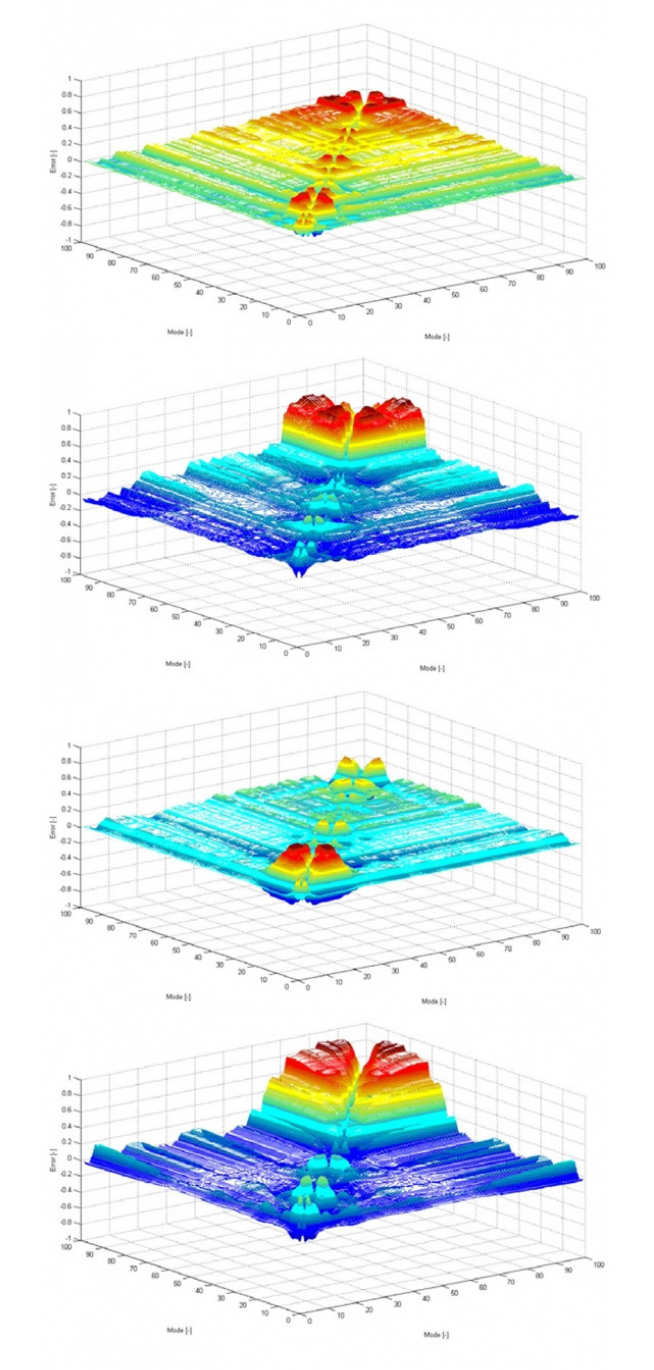Dynamic demand analysis of bridge and building structures
The interface between loading and structural analysis has attracted far less attention than the two fields themselves. In the seismic context, people tend to specialise upon engineering seismology, or earthquake engineering, but a thorough treatment of the overall problem can only be achieved through a comprehensive understanding of both areas. Work on the area of dynamic demand analysis commenced with the consideration of seismic demand analysis for individual structures.
This topic has very strong links with probabilistic seismic hazard analysis and earthquake loss estimation for structural portfolios and some of the research work that has been conducted is a natural extension of the work done in these other areas.
Recent work to have been conducted in this area has resulted in the development of new modification factors for displacement and shear demands in European steel moment frames that are functions of the frequency characteristics of the expected ground-motions. This work is a clear example of the benefits of coupling engineering seismology and earthquake engineering.
Seismic demand analyses have been conducted for both steel and reinforced moment frames typical of those found in Europe, as well as for cable-stayed bridges. The work on cable-stayed bridges has involved the consideration of conventional long-span solutions as well as a more unique under-deck cable-stayed solution.

The experience gained in seismic engineering has more recently lead to work related to the dynamic response of bridge structures to both seismic and non-seismic excitation.
For the former case, new guidance has been proposed for the application of modal correlation coefficients within modal response spectrum methods for these long-span solutions.
For the latter case, new intensity measures have been developed to enable the efficient assessment of the performance of under-deck cable-stayed bridges. In addition, numerous design recommendations to ensure the effective seismic performance of these unique systems have been published.
The interface issues between loading and response assessment is clearly not a problem faced only in seismic engineering. Recently, our work has expanded to consider the anthropogenic loads associated with pedestrian movement and the passage of vehicles over slender bridges.
A unique feature of both of these load cases is the inherent coupling between the loading and the structural response. New approaches to defining loading scenarios making use of probabilistic methods have already been developed and work continues to be undertaken in this new area.


